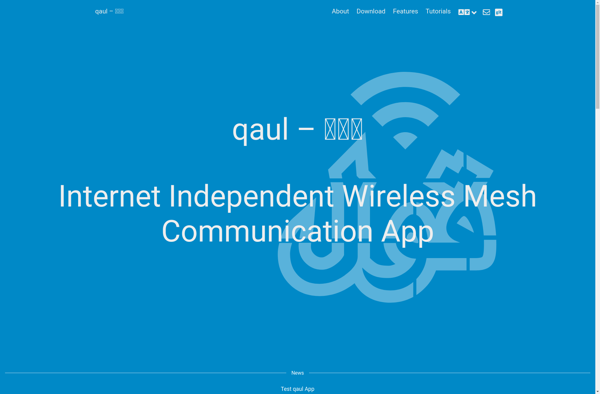Ninux

Ninux: Free, Decentralized Mesh Network
A free, open-source mesh network for direct device-to-device connections without internet providers, using wireless and peer-to-peer networking.
What is Ninux?
Ninux is a free, open-source, decentralized mesh network software and community project that allows computers, mobile devices, and other hardware to connect directly to each other and share internet access without an internet service provider. It creates a local area peer-to-peer network using wireless network connections like WiFi or Bluetooth.
The Ninux network is built and expanded by volunteers who set up access points and nodes that connect to each other to share bandwidth and connectivity. As more people join the mesh by adding devices and nodes, the network becomes larger and more resilient. Data can take any path through the mesh to reach its destination.
The decentralized nature makes it censorship-resistant as there is no central point of control or failure. Ninux networks generally provide free local internet access but can also be used for communication and services internal to the network. It gives people an alternative to traditional ISPs and builds community networks based on free sharing of access.
Ninux Features
Features
- Decentralized mesh networking
- Peer-to-peer connectivity
- Works without internet provider
- Creates local area network
- Uses wireless connections between devices
Pricing
- Open Source
- Free
Pros
Cons
Official Links
Reviews & Ratings
Login to ReviewThe Best Ninux Alternatives
Top Network & Admin and Mesh Networking and other similar apps like Ninux
Here are some alternatives to Ninux:
Suggest an alternative ❐Freenet
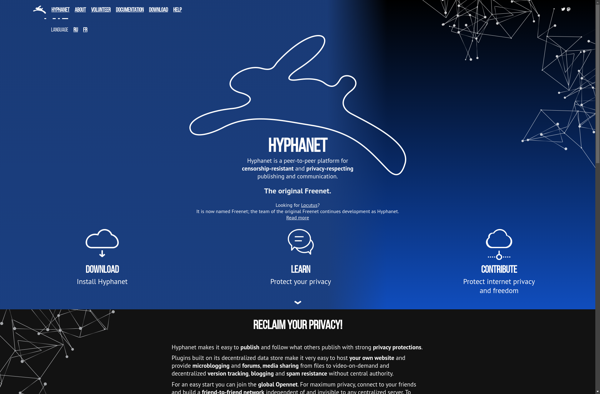
I2P
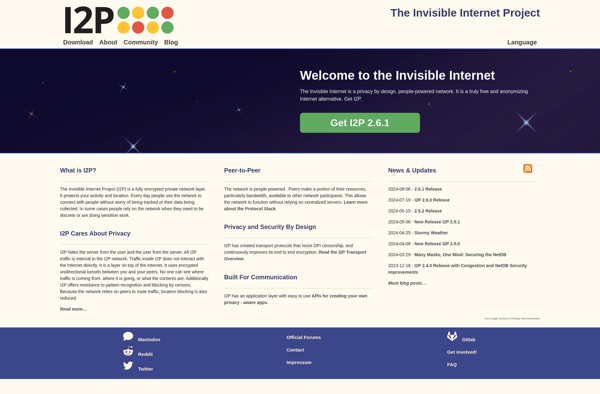
FreePN
OpenWISP

The Serval Mesh
Yggdrasil
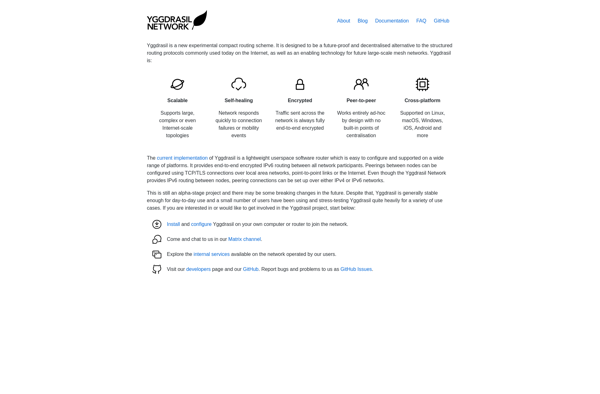
CoovaChilli
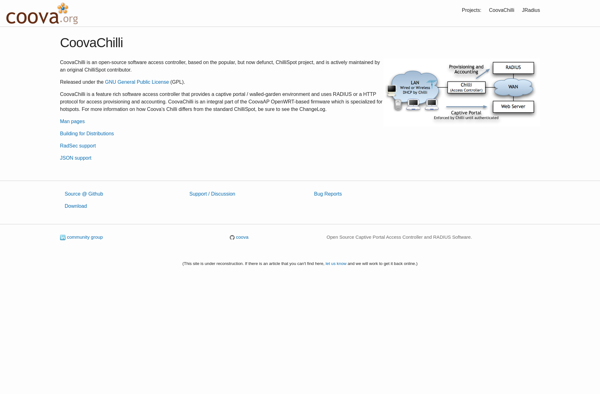
I2pd (I2P Daemon)
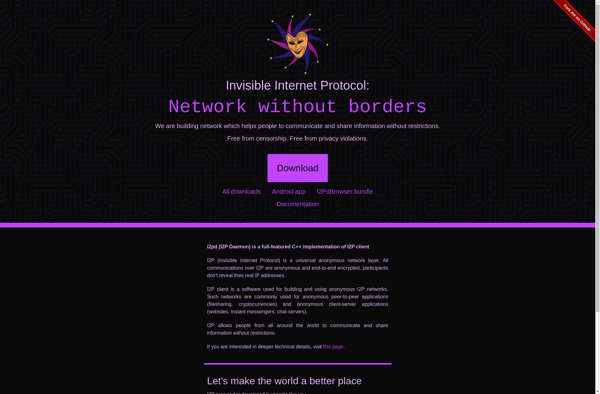
GNUnet
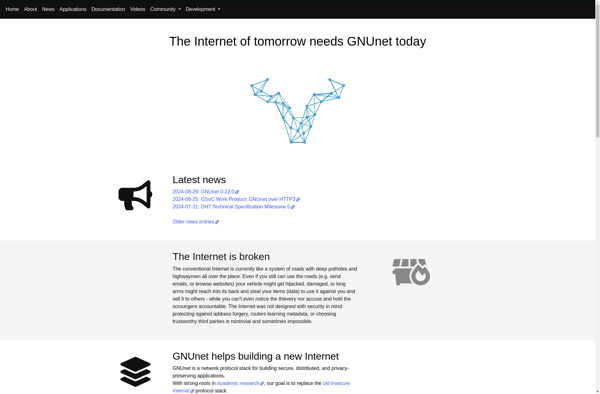
Snowflake Tor
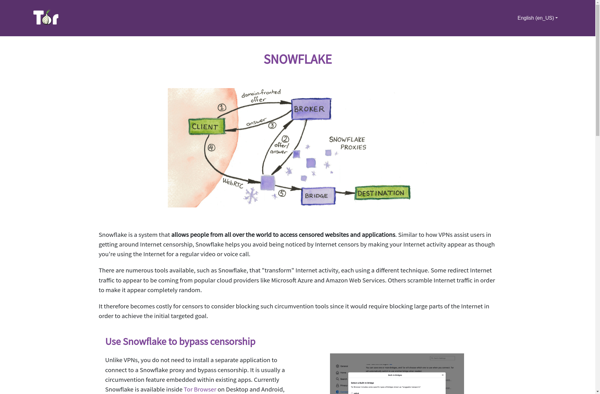
The Serval Project

Cjdns

Telehash

Babel (protocol)
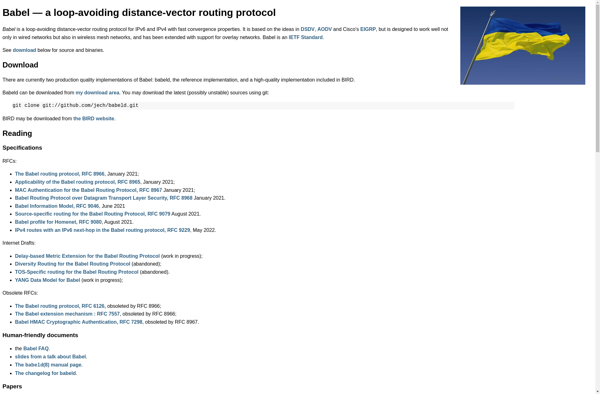
OLSR (Optimized Link State Routing)

Qaul
